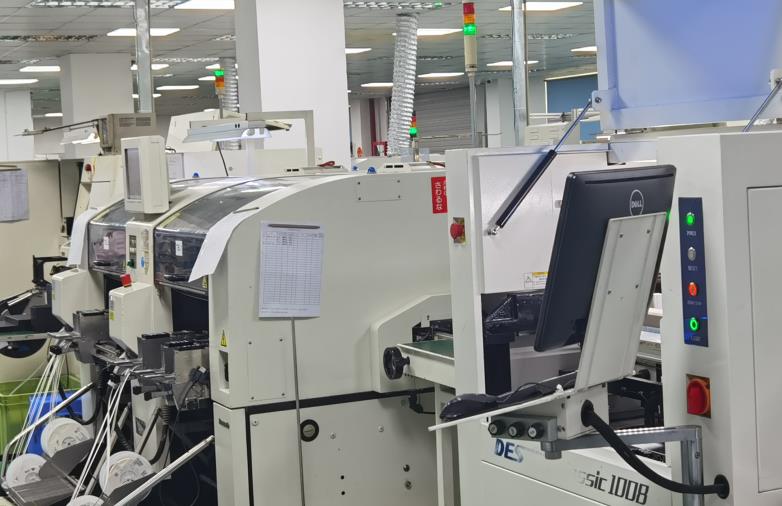What are the contents of PCBA board reliability testing?
When completing welding processing on PCBA boards, corresponding PCBA reliability tests are required to ensure the quality of PCBA. There are many contents of reliability tests, and we will list them one by one.
PCBA board reliability testing
1. ICT testing
ICT testing is conducted on the soldering of components, as well as on the open and short circuits of circuits, to ensure the soldering quality of the board.
2. FCT testing
After burning the program, connect the PCB board to the load, simulate user input and output, perform functional testing on the PCB board, achieve software and hardware debugging, and ensure normal front-end manufacturing and welding.
3. Aging test
Conduct long-term power on testing on the PCBA board, simulate user usage, and detect issues with virtual or false soldering of the PCBA.
4. Vibration testing
For some PCB boards with vibration testing requirements, professional vibration testers are used for long-term testing to ensure that there is no detachment of welded components. The sampling test ratio is determined according to customer requirements.
5. High and low temperature testing
Customers with this testing requirement will be equipped with professional testing rooms for their products and provide targeted testing services for common temperature ranges such as -40 ℃ to 100 ℃, fully simulating the environmental temperature of the product and maximizing its reliability.
6. Drop test
Place the PCBA at a certain height for free drop to test its welding stability.
The reliability required for different PCBA board products will vary greatly, and specific problem specific analysis is required.
Tags: PCBA /PCBA_board /testing /
Prev: What are the job responsibilities of a PCBA technician?
Next: What should be noted in the PCBA gluing process?








